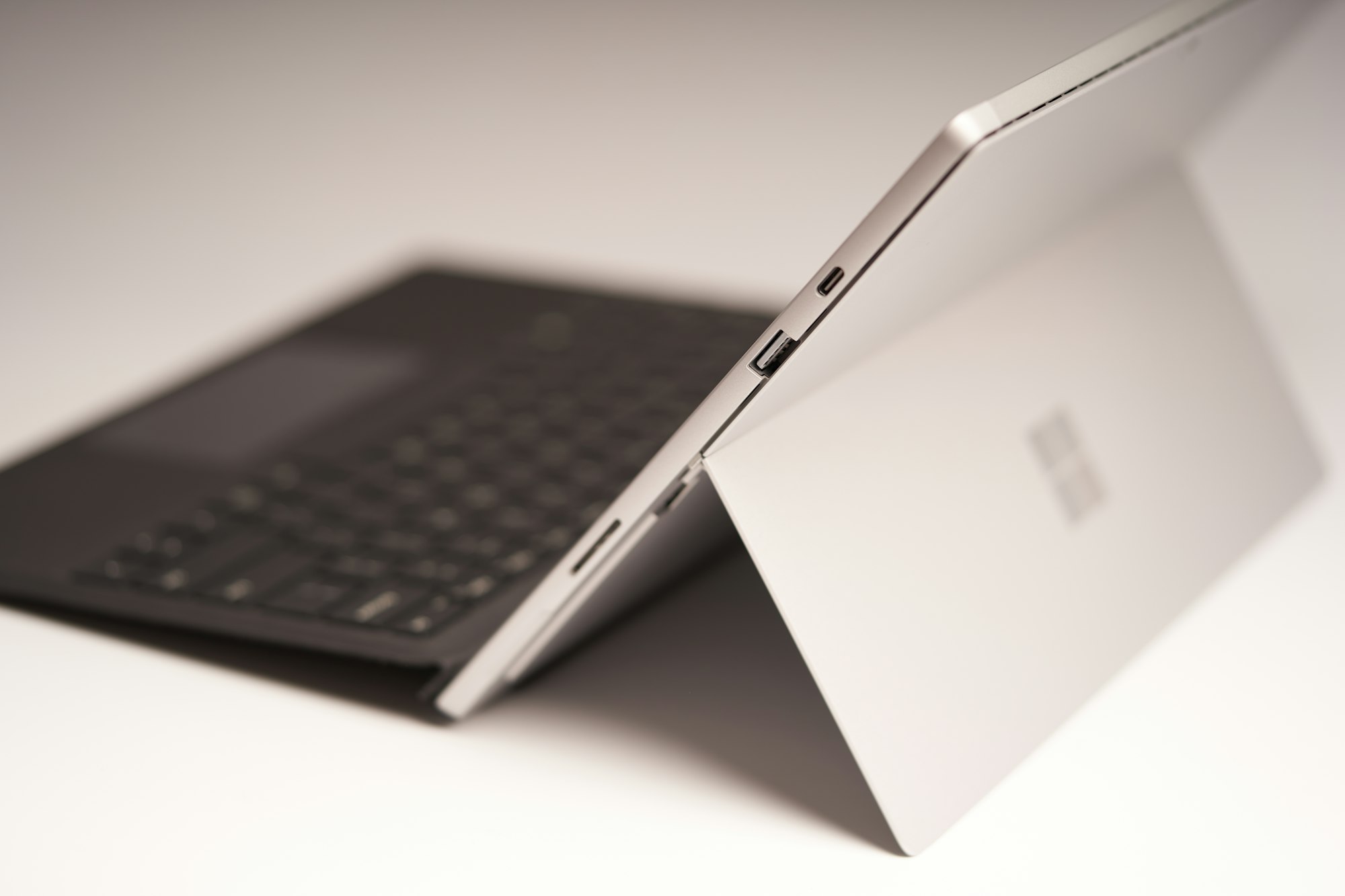Breathing New Life into Your Surface Pro 4: The Linux Experience in 2023
If you’ve ever taken a stroll down memory lane with your good old Surface Pro 4, you might have thought, “Hmm, can I squeeze a bit more life out of this machine?” Well, you’re in luck! Today, we’re talking about an exciting journey: installing Linux on your Surface Pro 4 and giving it a new … Read more


